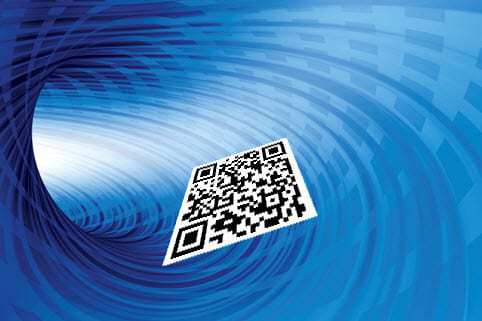University of South Dakota researchers are on their way to developing the technology.
Researchers from the University of South Dakota are now including a well known chemistry professor among the team that is assisting in the development of invisible QR codes.
Though these barcodes are traditionally found in black and white, non-visible ones are now needed.
Traditionally, QR codes are used on advertising and product packaging, in order to direct consumers to web pages and sites that provide special offers, discounts, and product information. Their ability to hold hundreds of times more information than traditional barcodes makes them highly useful for advertising as well as for other smartphone friendly uses.
USD chemistry professor, Dr. Stanley May, will be joining the team seeking invisible QR codes.
He will be joining other professors, Jon Kellar and William Cross, from the South Dakota School of Mines and Technologies. Together, they have already identified a way in which microscopic nanoparticles can be worked into inks which can then be used to print QR codes so that they will be visible only under infrared light and not to the naked eye.
This use of the nanoparticles is called “upconversion”. In it the tiny nanoparticles are able to absorb the photons present within the visible part of the light spectrum, on the near-infrared side. When exposed to the near infrared light, the process causes the nanoparticles to emit light that becomes visible.
The researchers explained that this new technology has the possibility for producing an effective way to identify forgeries and counterfeit project. The Organization for Economic Cooperation and Development has estimated that the current cost of these fraudulent products to the world economy is almost $250 billion every year.
Additional possible uses for invisible QR codes have also been suggested by a number of individuals and organizations. These include printing onto materials in order to secure important documents such as official ID and security cards, as well as passports. They can also help to inhibit tampering on such documents.
When discussing the invisible QR codes, Dr. May explained that “This technology can be customized as the needs continue to evolve.”

